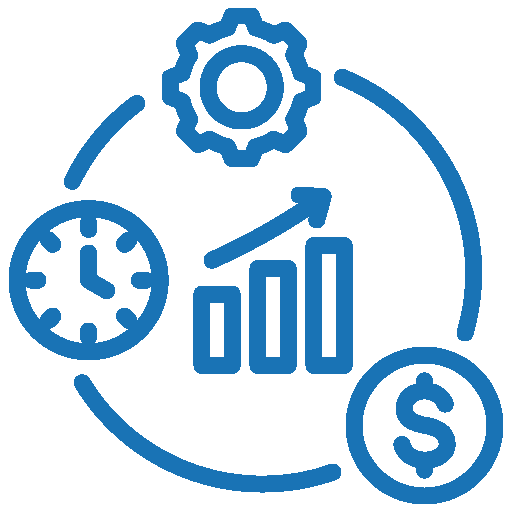Scientific Research
Used in fields like astrophysics, climate modeling, and genomics to process large data sets and run complex simulations.
Loading

High-Performance Computing (HPC) is a technology that uses clusters of powerful processors working in parallel to process massive, multidimensional data sets and solve complex problems at extremely high speeds. Here are some key points about HPC

Solves problems much faster than standard computing systems.

Optimizes resource use, reducing the need for additional hardware.

Easily scales to meet growing computational demands.

Unlocks new insights and advances in various
fields